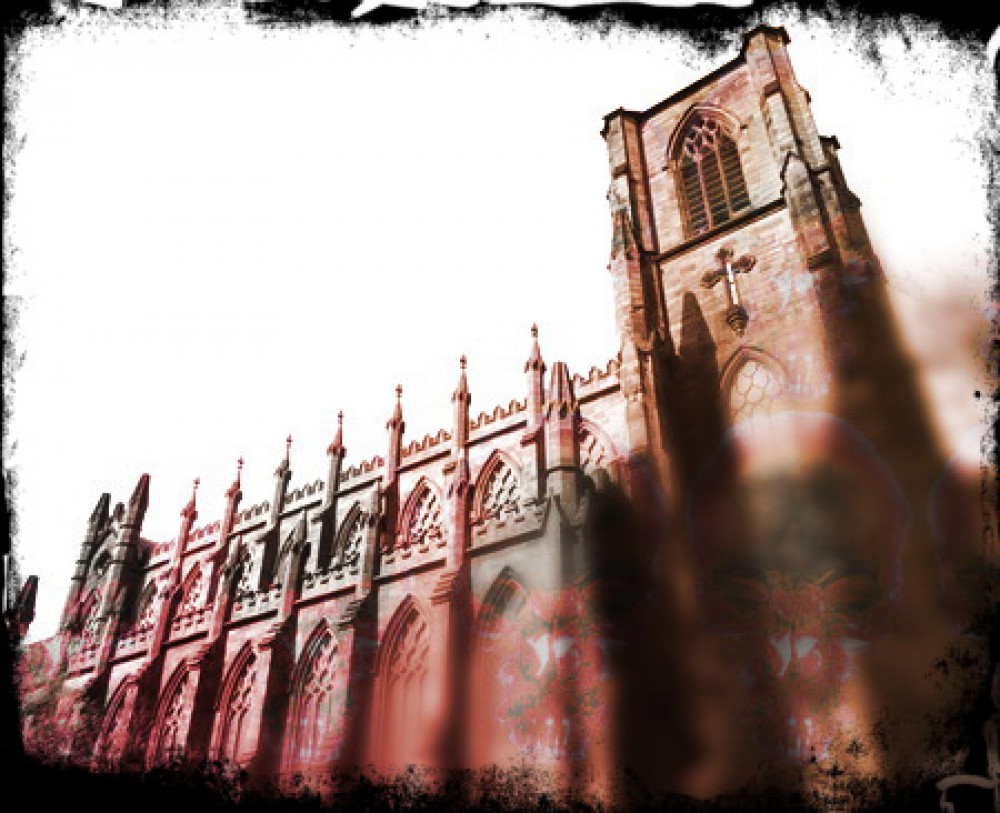For the Gothic Spaces project focused on the Resident Evil franchise, I started to replay Resident Evil 4 and found myself pleasantly surprised at the amount of Gothic themes found within the game. Just the plot of an American invading the poor villages of an unnamed town in Spain was enough for me to see the ties to Jonathan Harker traveling the eastern countryside. Even further, I found that like Harker, our protagonist Leon traverses through villages filled with peasants like zombies and eventually winds up at a large, Dracula like castle. The castle held a lot of interesting troupes to find that I never considered before such as the secret passages through the sewers like in Otranto and the labyrinthian Gardens that Leon must make his way through. Eventually he meets a cult that plans to invade America by infecting the president’s daughter and returning her to America so everyone in power will be controlled by the cult leader. This concept is very similar to the imperialist views that many gothic stories tell about one type of people taking over other lands. Specifically, this plan has extremely similar ties to Dracula’s plans by infesting London with vampires to expand his kingdom. Except the cult just wants the people in office infected, at least at first, so they have complete control over the remaining population of the U.S. I could go on forever discussing each and every since reference to Gothic tropes and media, but we would be here all day. So to close this reflection, let me just say that researching resident evil for the Gothic spaces project has not only reassured my appreciation for a masterpiece of a game, but taught me that the reason modern stories are still so amazing are due to the wonderful inspirations that many of these tales derive.
Gothic NYC
A New Perspective on the Big Apple




In doing the research on Gothic spaces in video games, such as Resident Evil 1 and 4, it brought to attention the care and formulation that went into making these spaces. Every space in such games is designed to create a certain feeling for the player who explores the space. Initially, the space did not look like so much, given the barren village entry point. However, the use of dull colors, visual horror, and the aspect of things lying in wait for you to arrive created an atmosphere of dread and concealed doom, not unlike the start in Dracula, in which suspense is built up for the reader. The player is in a similar position here, although there is a direct threat and not a vague, shadowy sense of dread. The use of Gothic Tropes all through makes it clear that horror games are just as deserving of consideration as such books as Dracula. They are a modern equivalent, although the medium allows for further immersion, bypassing the issue of language and comprehension. The combination of classic ideas such as abjection, the uncanny, and the fantastic into newer mediums is not new, but the Resident Evil games depict this well. It can force a player into situations impossible in life, imbuing the game with the same qualities as such literature equivalents would have possessed over the mind. At the end of researching these ideas, it brought forth ideas such as the power of a more immersive medium, and the place of Gothic tropes in modern contexts.